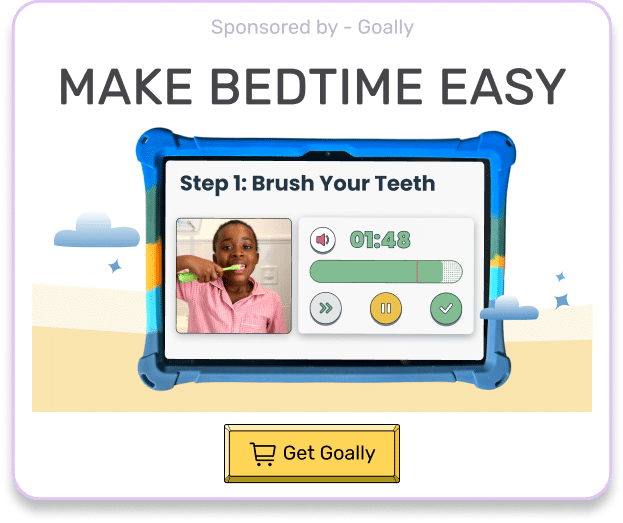Embarking on the potty training journey with your neurodivergent child can feel like navigating uncharted territory. But fear not! This guide is here to help you conquer this milestone with confidence. We’ll cover practical tips and strategies, from creating a supportive environment to addressing common challenges. By the end of this guide, you’ll be equipped with the knowledge and resources to make potty training an autistic child a more enjoyable experience for both of you. So, let’s get started!
Table of Contents
Setting the Stage for Potty Training Success
First and foremost, creating a supportive environment for your child is crucial. Consider these key elements Here are some key elements when setting the stage for potty training success:
- Consistency: Establish a routine and stick to it. Consistency is vital for kids with thinking and learning differences, as it helps them understand what to expect and reduces anxiety.
- Visual cues: Use visual aids like social stories, charts, and timers to help your child understand the process and stay on track.
- Comfort: Use a smaller, child-sized potty or a potty seat that fits on the regular toilet to make your child feel more at ease.
- Communication: Develop clear, simple language to discuss potty training with your child. This can include using specific words for body parts and functions, as well as creating a signal for when they need to use the bathroom.

Grab your free potty training sticker chart printable.
Strategies for Potty Training Autistic Child
Now that you’ve set the stage, it’s time to dive into the potty training process. Here are some tried-and-true strategies to help your child succeed:
- Start with observation: Before you begin, spend some time observing your child’s bathroom habits. This can help you with identifying patterns and determining the best times to introduce potty training.
- Introduce the potty gradually: Let your child become familiar with the potty by sitting on it fully clothed. This may reduce anxiety and make the transition to using the potty easier.
Positive reinforcement is a powerful motivator for kids with special needs. Keep the following in mind:
- Use positive reinforcement: Praise your child for their efforts and successes, and offer rewards like stickers or small treats as incentives.
- Be patient: Potty training can be a challenging process for any child, but it may take longer for a neurodivergent child. Remember to be patient and supportive, and avoid putting pressure on your child to succeed.
Troubleshooting Common Potty Training Challenges
Despite your best efforts, you may encounter some bumps in the road. Here are some common challenges and how to address them:
- Resistance: If your child is resistant to potty training, try taking a break and revisiting the process later. It’s essential to respect your child’s readiness and not force the issue.
- Accidents: Accidents are a normal part of potty training. When they happen, stay calm and reassure your child that it’s okay. Use the opportunity to review the process and remind them of the steps involved.
- Regression: It’s not uncommon for kids to regress in their potty training progress, especially during times of stress or change. Be patient and supportive, and remind your child of their previous successes.
- Sensory issues: Some autistic children may have sensory sensitivities that make potty training more challenging. In these cases, consider using sensory-friendly products like soft wipes or cushioned toilet seats.
Read More: Common Habits of Autistic Children

Additional Resources for Potty Training Autistic Child
For more guidance and support, consider the following resources:
- Books: There are many books available on potty training autistic children, offering expert advice and practical tips. Some popular titles include “The Potty Journey” by Judith A. Coucouvanis and “Ready, Set, Potty!” by Brenda Batts.
- Support groups: Connecting with other parents of neurodivergent kids can provide valuable insights and encouragement. Look for local support groups or online forums where you can share your experiences and learn from others.
- Professional guidance: If you’re struggling with potty training, consider seeking help from an occupational therapist or a behavioral specialist. They can offer tailored advice and strategies to help your child succeed.
Goally | Apps To Structure Your Kid’s Routine
Does your child struggle with transitions or staying on task? Goally’s visual schedule app breaks down large tasks into small, achievable steps. It helps kids complete their tasks independently!
Potty training an autistic child may present unique challenges, but with patience, persistence, and the right strategies, you can help your child achieve this important milestone. Remember to celebrate your child’s successes, no matter how small, and to be kind to yourself during this process. After all, every step forward is a victory worth celebrating. Happy potty training!
FAQs About Potty Training an Autistic Child
What challenges can arise when potty training an autistic child? Autistic children can face sensory issues, communication barriers, and routine disruptions that can make potty training a challenging task.
Are there special potty training techniques for autistic children? Yes, techniques such as visual schedules, social stories, and positive reinforcement can be particularly effective for potty training autistic children.
How can visual schedules aid in potty training an autistic child? Visual schedules provide a consistent, visual guide of the potty process, which can make it easier for an autistic child to understand and follow.
Why is positive reinforcement important in potty training an autistic child? Positive reinforcement, like verbal praise or small rewards, can motivate autistic children and reinforce desired behaviors during potty training.
How can parents help their autistic child overcome fear of the toilet? Parents can introduce the toilet gradually, use comforting routines, and employ child-friendly tools like toilet training seats to make the process less intimidating.
This post was originally published on 06/06/2023. It was updated on 07/13/2023.

Goally
We help parents teach their kids life skills, like doing bedtime and morning independently. Backed by science, we incorporate evidence-based practices and expert-informed designs in all of our apps and content.






